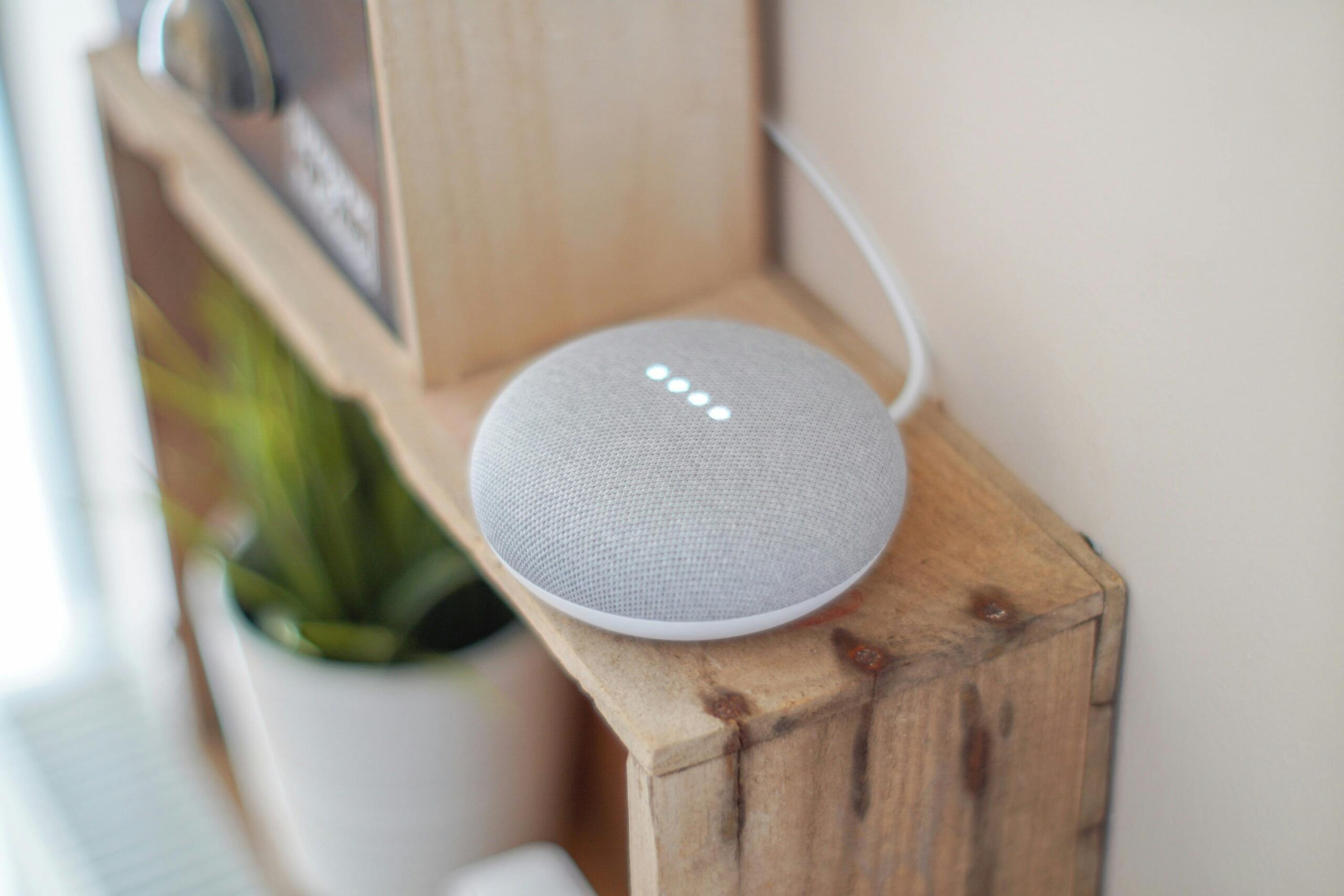Transforming your traditional home into a smart home might seem like a daunting task at first, especially if you’re unfamiliar with modern technology. However, getting started with basic smart devices is more accessible and affordable than ever before. This article will guide you through the fundamentals of home automation, suggest easy entry points for beginners, and provide practical advice on how to start your smart home journey without feeling overwhelmed by complex technology or excessive costs.
Understanding Smart Home Basics
A smart home incorporates devices that can be controlled remotely through an internet connection, allowing you to manage various aspects of your home from anywhere. Before diving into smart home for beginners, it’s important to understand the foundation of how these systems work. At its core, a smart home setup consists of devices that communicate with each other and with you through a central hub or directly via Wi-Fi. These devices can range from simple smart plugs to complex security systems, but they all share the capability of being controlled remotely through smartphones or voice commands.
The beauty of modern home automation is that you don’t need to commit to a full system immediately. Start home automation gradually by identifying specific needs or inconveniences in your daily routine that smart technology could address. Perhaps you want lights that automatically turn on at sunset or the ability to check if you left the iron on after leaving home. Beginning with these small pain points can make your introduction to smart home technology more purposeful and less intimidating.
Choosing Your First Smart Devices
For those looking for an easy smart home setup, certain devices offer simplicity and immediate benefits. Smart plugs are often considered the gateway device for beginners. These simple adapters fit between your standard electrical outlet and any appliance, effectively making that appliance “smart” by allowing you to control its power remotely. Use them with lamps, coffee makers, or any device that you’d like to turn on or off from your phone or through voice commands.
Smart bulbs represent another excellent starting point for basic smart devices. By replacing conventional light bulbs with smart alternatives, you gain the ability to control brightness, and in many cases, color. Most smart bulbs connect directly to your Wi-Fi network, eliminating the need for additional hubs or equipment. Imagine adjusting the lighting in your living room from your smartphone while watching a movie or having your bedroom lights gradually brighten in the morning as a natural alarm clock.
Smart speakers with voice assistants like Amazon Echo (Alexa), Google Home, or Apple HomePod have become increasingly popular entry points for smart home beginners. These devices not only play music and answer questions but also serve as command centers for your growing collection of smart devices. Through simple voice commands, you can control compatible lights, thermostats, and other connected devices, making your start home automation journey both convenient and interactive.
Setting Up Your Smart Home Network
The foundation of any easy smart home setup is a reliable Wi-Fi network. Before purchasing any smart devices, ensure your home internet connection is stable and has sufficient bandwidth. Most basic smart devices don’t require exceptional internet speeds, but they do need consistent connectivity to function properly.
Consider the placement of your Wi-Fi router to maximize coverage throughout your home. For larger homes, mesh Wi-Fi systems can eliminate dead zones and ensure all your smart devices maintain reliable connections. When setting up your network for smart home use, create a strong password to protect your devices from unauthorized access—a crucial step often overlooked by smart home beginners.
As your collection of smart devices grows, you might consider a dedicated smart home hub that can centralize control of different devices, even those from various manufacturers. Platforms like Samsung SmartThings, Hubitat, or Home Assistant can bring cohesion to your system, though these are typically more appropriate after you’ve gained some experience with basic smart devices and want to expand your setup.
Building Smart Routines
Once you’ve installed a few basic smart devices, the real magic begins when you create automated routines. For example, you could program your smart plugs to turn off all non-essential appliances when you say “goodnight” to your voice assistant, or have your smart bulbs gradually dim as bedtime approaches. AskHomey offers excellent guidance on creating these kinds of practical automations that can simplify your daily life.
Start with simple automations based on time of day or your presence at home. As you become more comfortable with your smart home setup, you can create more complex routines that respond to multiple triggers or conditions. The key is to focus on automations that genuinely improve your lifestyle rather than implementing technology simply for its novelty.
Expanding Your Smart Home Gradually
As you become more comfortable with your initial smart home for beginners setup, you can gradually expand into other areas. Smart thermostats offer energy savings and comfort improvements by learning your preferences and adjusting temperatures automatically. Smart door locks provide convenience and enhanced security, allowing you to grant temporary access to visitors even when you’re away from home.
Security devices like smart cameras and doorbell cameras represent another popular category for expansion, giving you peace of mind by allowing you to monitor your home remotely. When considering expansions, prioritize devices that address specific needs in your household rather than accumulating technology for its own sake.
For more tips and to connect with reliable home service professionals, follow AskHomey on Facebook and Instagram.



